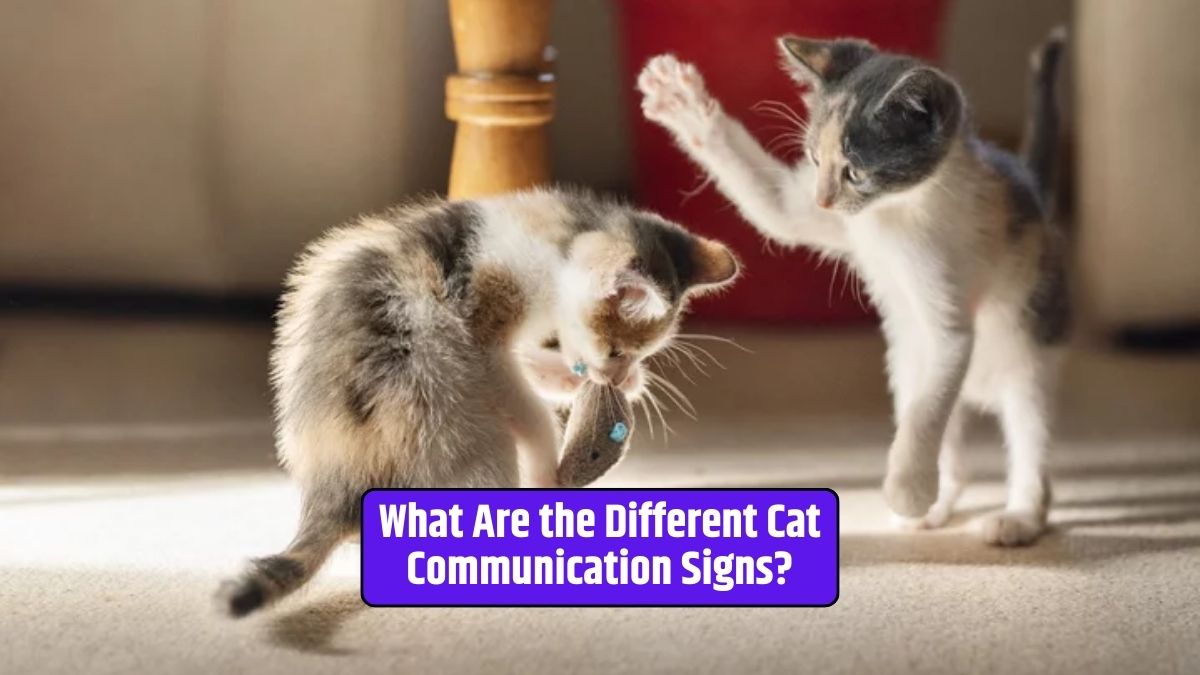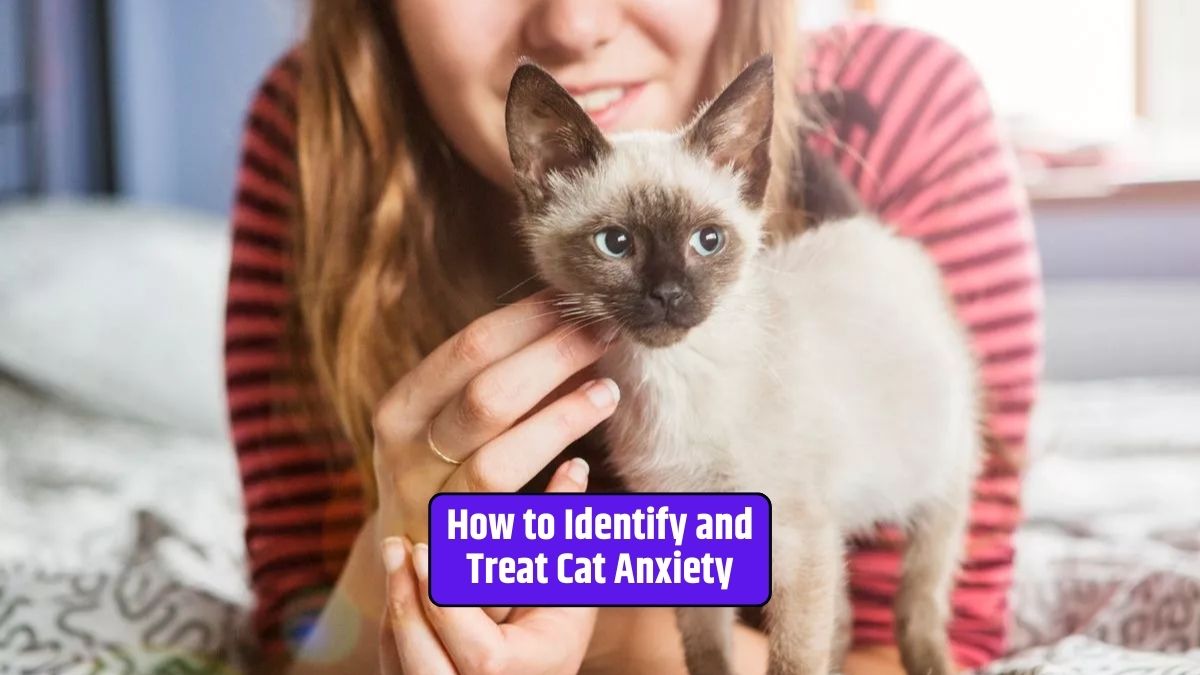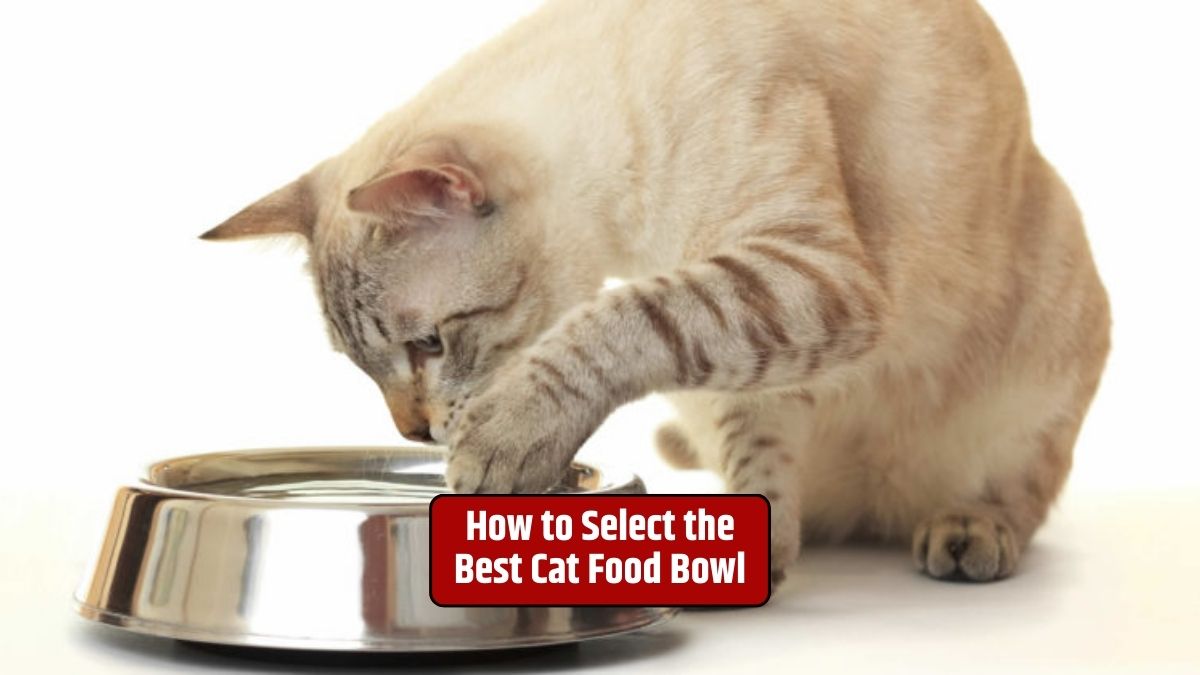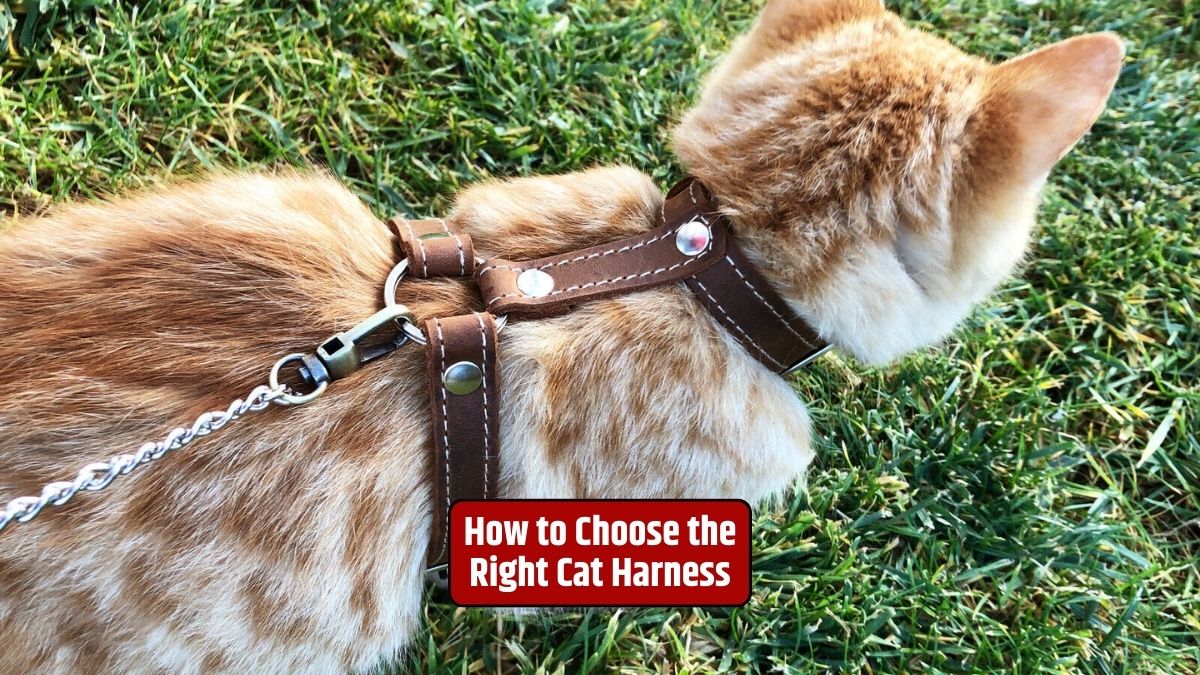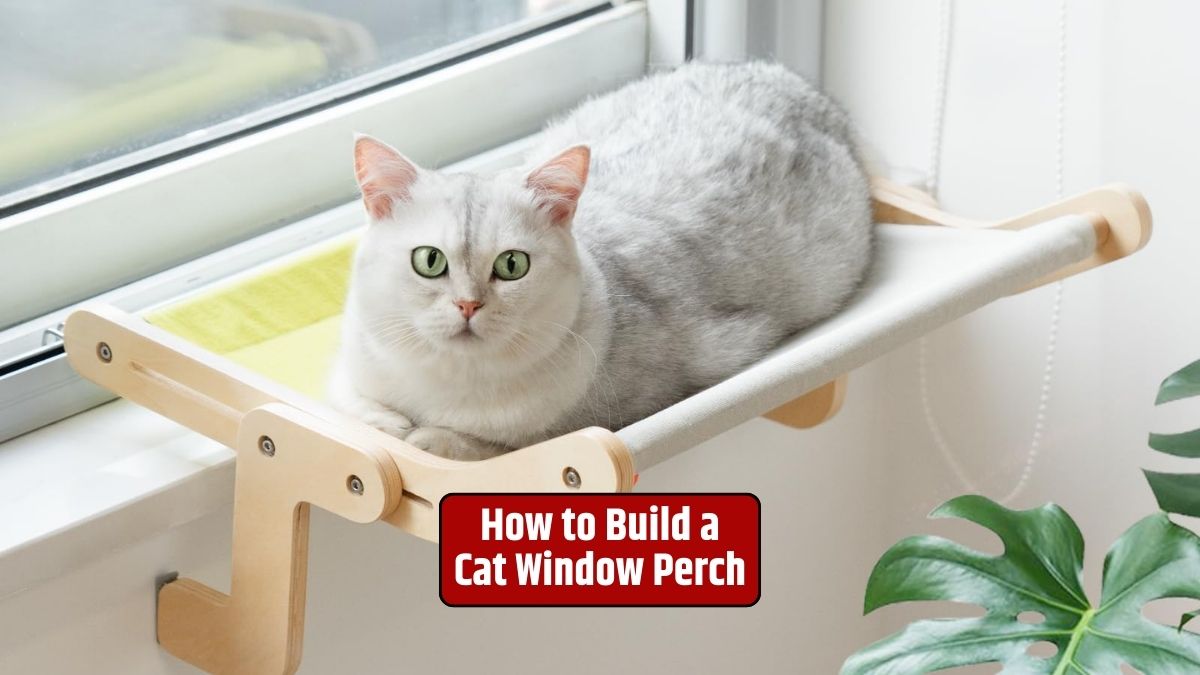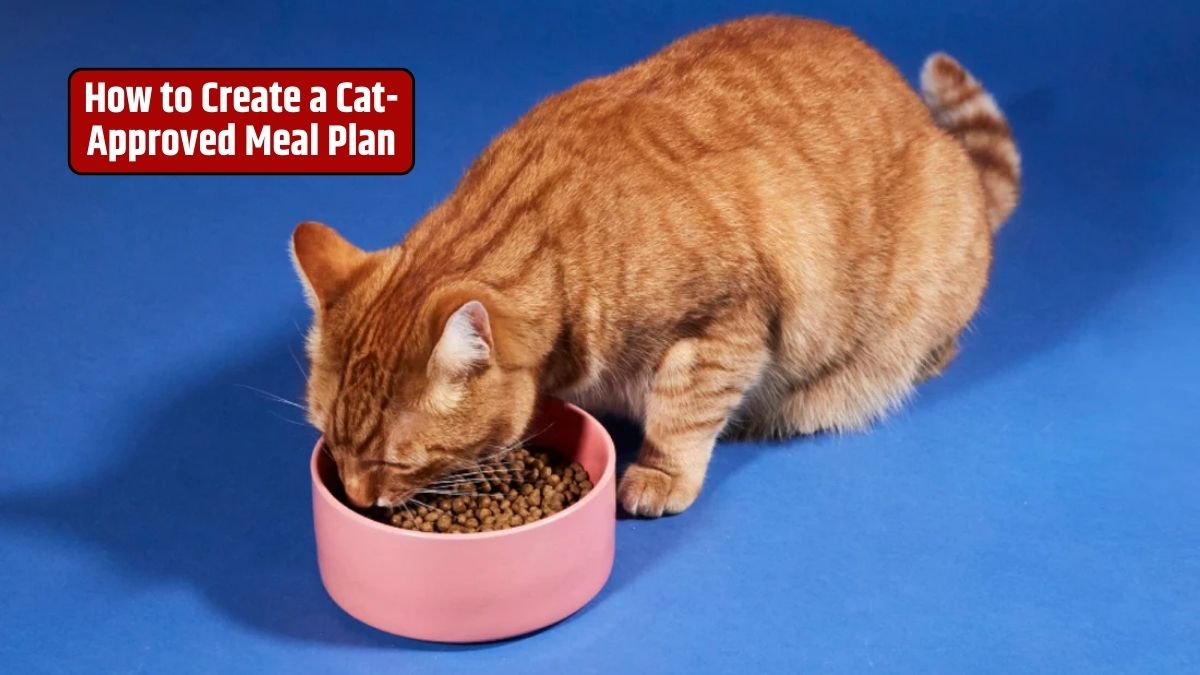Cats, with their enigmatic behavior and unique ways of expressing themselves, have always fascinated us. If you’re a cat owner or simply a cat enthusiast, understanding cat communication signs is essential to decode your feline friend’s thoughts and feelings.
In this article, we’ll explore the various ways cats communicate with us and each other.
Cat Communication
Cats have a rich and complex communication system that encompasses vocalizations, body language, and even scent marking. To truly understand what your cat is trying to convey, you need to pay attention to these different forms of communication.
Vocalizations
Cats are known for their vocalizations, and each meow, purr, or hiss has a specific meaning:
- Meowing: Cats meow primarily to communicate with humans. The tone and frequency of the meow can convey various emotions and needs.
- Purring: While purring is often associated with contentment, cats may also purr when in pain or distress.
- Hissing and Growling: These aggressive sounds indicate that a cat is feeling threatened or defensive.
Body Language
A cat’s body language can speak volumes:
- Tail Position: The position of a cat’s tail can tell you a lot. A high tail indicates confidence and happiness, while a puffed-up tail is a sign of fear or aggression.
- Ears: Forward-pointing ears show curiosity, while flattened ears signal aggression or fear.
- Paw Movements: Playful cats often use their paws to “hunt” toys or interact with their environment.
Facial Expressions
Cats have expressive faces, and you can learn a lot from their eyes and whisker positions:
- Slow Blinking: A slow blink is a sign of trust and affection in cat language.
- Dilated Pupils: Wide pupils can indicate excitement, fear, or aggression.
Scent Marking
Cats have scent glands in their cheeks, paws, and tails. When they rub against you or objects, they’re marking their territory and showing affection.
Scenarios
To help you apply this knowledge, let’s explore some common scenarios:
Greeting Your Cat
When you come home, your cat may approach you with a raised tail and purring. This is a friendly greeting.
Aggressive Encounter
If you encounter a cat with flattened ears, dilated pupils, and hissing, it’s best to give the cat space, as it’s feeling threatened.
Playtime
During play, cats often exhibit pouncing, pawing, and tail twitching. These are signs of a playful and happy cat.
Conclusion
Cats communicate through a combination of vocalizations, body language, and scent marking. Understanding these various forms of communication will enable you to better interpret your cat’s emotions and needs.
By paying attention to your feline friend’s cues, you can build a stronger bond and provide the care and attention they require.
FAQs
Why do cats purr when they’re in pain?
Cats may purr when in pain as a self-soothing mechanism. It helps them cope with discomfort.
What does it mean when a cat kneads with its paws?
Kneading is a behavior cats carry over from kittenhood. It’s a sign of comfort and contentment.
Do all cats have the same meow for the same purpose?
Not necessarily. Cats have individualized meows, and the context and pitch can vary.
Can cats understand human emotions?
Cats are perceptive and can sense changes in human emotions, which can influence their behavior.
Why do cats groom each other?
Grooming is a social bonding behavior in cats. It helps strengthen their relationships and maintains cleanliness.
